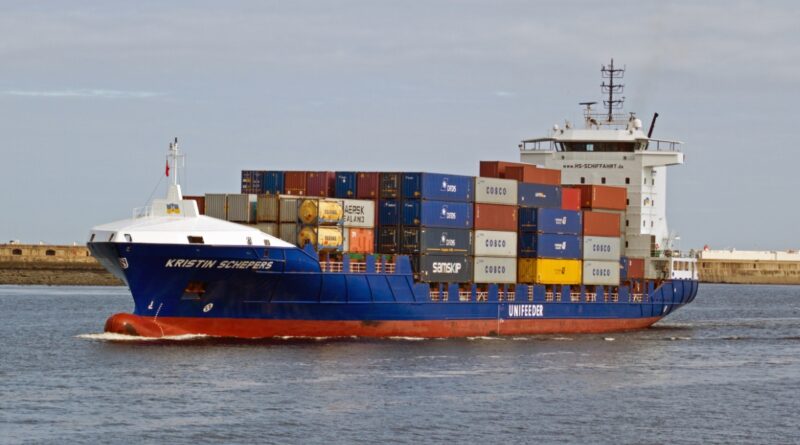Game-Changer Reduces Shipping Emissions Without Modifying Ships
Shipping is an efficient means of moving bulk goods globally but contributes to about 3% of man-made carbon emissions. Decarbonizing long-haul cargo ships is challenging due to their unique energy needs. Various technological solutions are in development, such as hydrogen, green ammonia, and methanol powerplants, as well as innovative designs like giant sail-wings and autonomous kites.
The Blue Visby Solution offers a different approach by altering ship piloting methods rather than modifying the ships themselves. Currently, many cargo ships follow a “sail fast, then wait” (SFTW) practice, arriving at ports quickly and idling until they can dock, which wastes fuel. The Blue Visby Solution suggests ships slow down to arrive just in time, reducing hydrodynamic drag, fuel consumption, and emissions without affecting delivery schedules.
Studies show significant potential emission reductions. An analysis of Panamax vessels suggested a median emission reduction of 23.2%, while a broader study estimated a 16% reduction if ships reduced speed by an average of 1 knot. Initial sea trials showed promising results, with two bulk carriers reducing CO2 emissions by an average of 17.3%.
Adopting this system requires global coordination and changing long-standing operational practices. The Blue Visby Consortium has created a contractual framework that allows stakeholders to share costs and benefits, incentivizing participation. This approach not only reduces emissions and fuel costs but also offers additional benefits like reducing hull fouling, improving port air quality, and lowering underwater noise pollution.
The Blue Visby Solution appears to be a promising, straightforward method to reduce shipping emissions and improve efficiency, and it is on track for commercial deployment.
